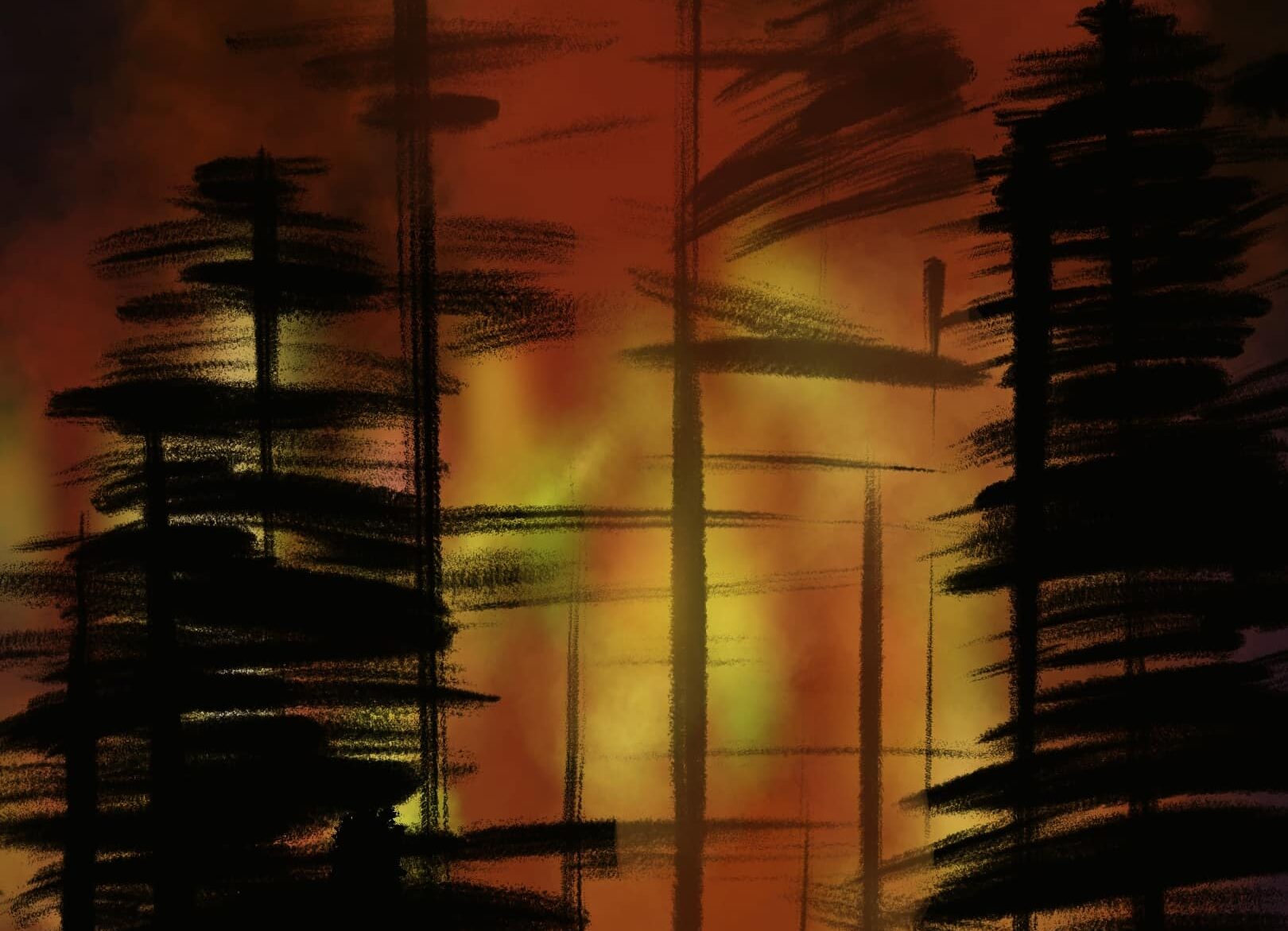Unraveling the challenges of Canada’s ongoing wildfires
Canada was met with an extraordinarily intense wildfire season for 2023, and climate change may increase the frequency of such severe wildfires in the coming years.
The summer of 2023 ushered in a series of fierce wildfires across several Canadian provinces. According to the National Wildland Fire Situation Report prepared by Natural Resources Canada, there have been 6,053 wildfires this season as of August 30, 2023, affecting 15.24 million hectares of land. In comparison, there has been an average of 5,107 wildfires per year for the past decade, affecting 2.62 million hectares on average per year.
Notably, British Columbia had the greatest number of wildfires, with 2,012 fires. On the other hand, Quebec had the largest area burnt, at 5.31 million hectares of land. The wildfires have resulted in large-scale evacuations and claimed the lives of four firefighters in one month.
Experts analyzed the Quebec wildfires and found that climate conditions, human activities, and environmental sensitivities contributed to the intensity of this year’s wildfire season. Dry and hot weather conditions, exacerbated by global warming, kill vegetation and create an optimal environment for the rapid spread of wildfires. Additionally, wildfire seasons of this severity may become more and more regular in the future as climate change continues.
Particulate matter and pollutants released during wildfires can trigger respiratory problems and exacerbate vulnerability in populations such as children, the elderly, and individuals with pre-existing health conditions. Exposure to such pollutants is associated with severe health consequences, including death.
The ripple effects of these wildfires will extend even after the smoke clears and air quality improves. Ellen Whitman from Natural Resources Canada told CBC News that impacted forests will likely sustain lasting changes. For example, coniferous trees, which have longer growth periods than deciduous trees and vegetation like grass or shrubs, may not have seeds ready before the next wildfires strike. Thus, the regrown forests may become less dense, changing the habitat for local species. In light of this, as prominent science writer Edward Struzik noted in a CBC radio interview, preventive measures such as wetland restoration may be a more effective use of resources than reforesting burnt areas.
As Canada navigates the challenging road ahead, the lessons learned from this year’s wildfires will hopefully pave the way for a more prepared, resilient, and united response to nature’s fiery challenges.

